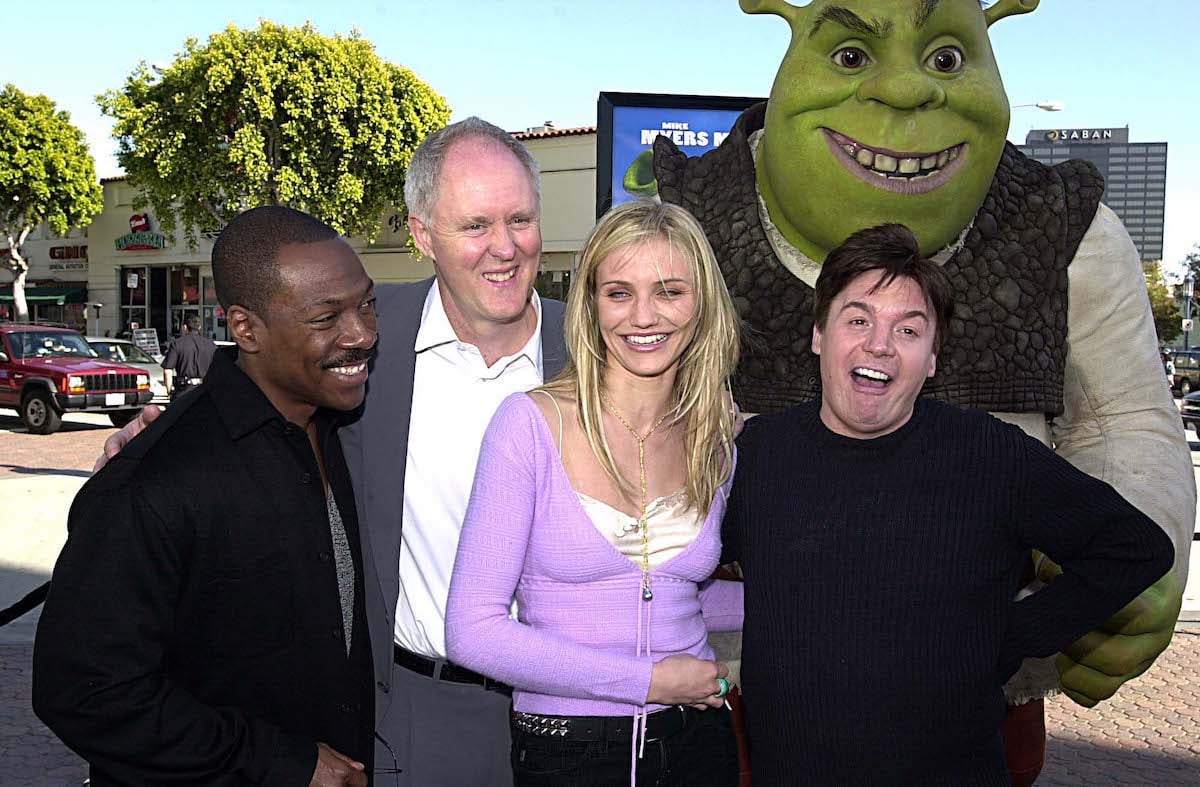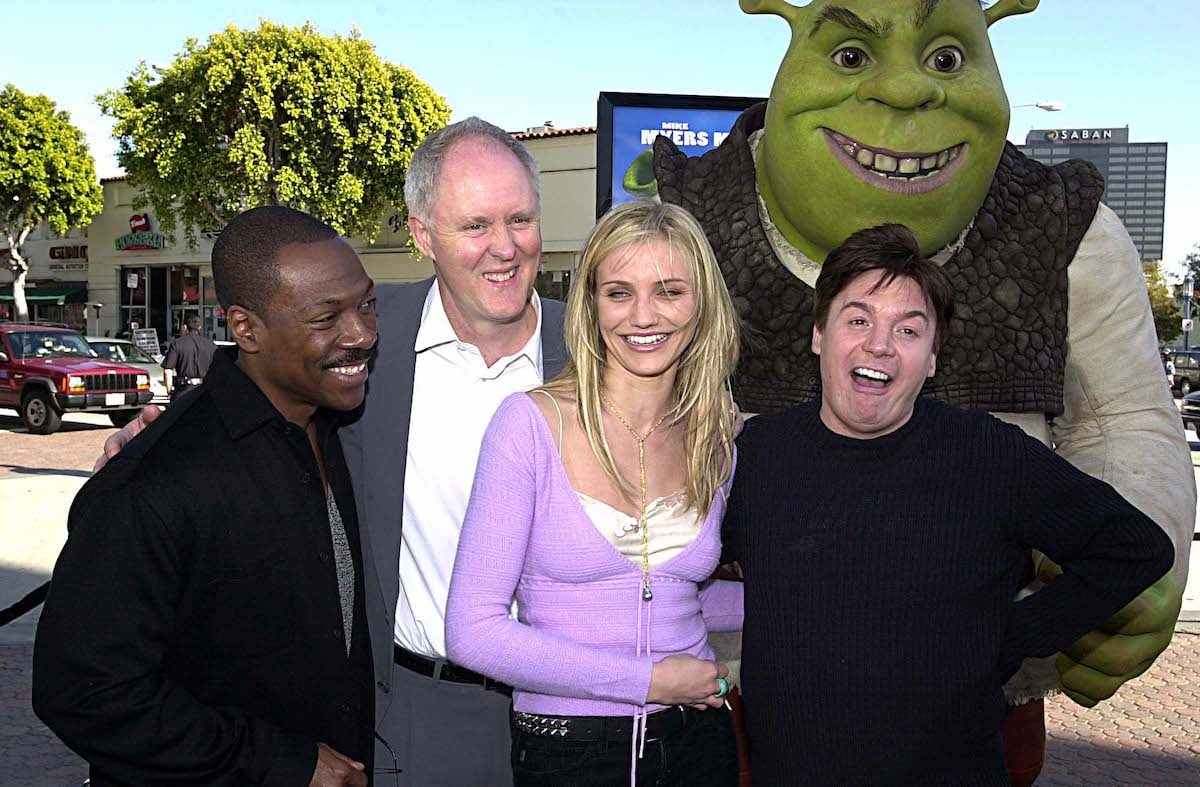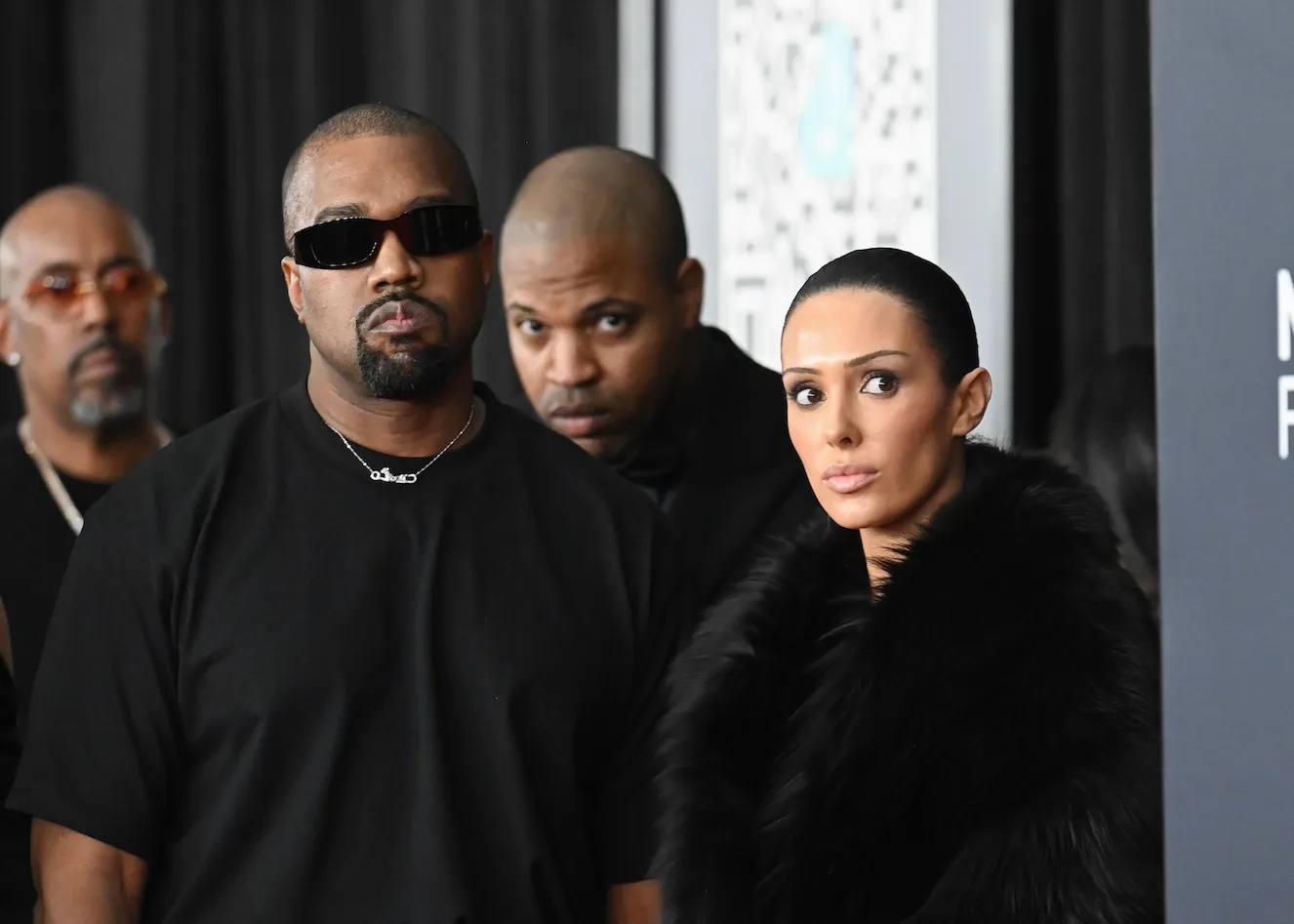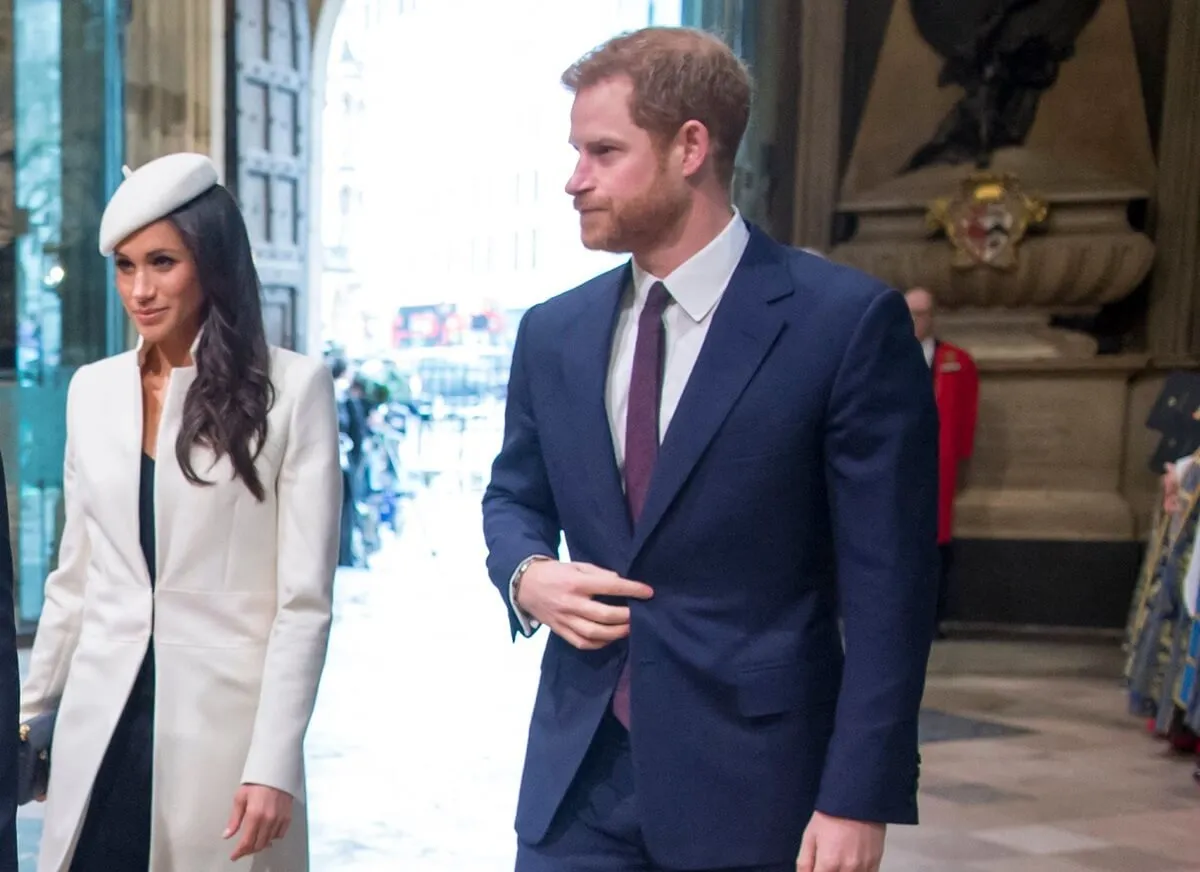
John Lithgow Said the ‘Shrek’ Animations Were ‘History-Making’
After its 2001 release, the animated feature Shrek was catapulted to instant cult classic status. The movie received high praise not just for its witty story and hilarious nods to classic fairy tales, but also for its groundbreaking animation. In a recent interview, Shrek star John Lithgow opened up about his experience working on the project and called the movie’s animation “history-making.”
Who did John Lithgow play in ‘Shrek’?

Perhaps one of animation’s most notorious villains, John Lithgow voiced Shrek‘s Lord Farquaad, the tyrannical and self-absorbed ruler of Duloc.
Lord Farquaad is one the film’s main antagonists. He’s an enemy to Shrek (Mike Myers), Donkey (Eddie Murphy), and the exiled fairy tale creatures of Duloc. He recruits Shrek to rescue Princess Fiona (Cameron Diaz), whom he plans to marry. But after freeing Fiona from her dragon-guarded tower, Shrek accidentally falls in love with the princess. And he has to face off against Lord Farquaad and his Knights of Duloc to save her.
Lithgow described his experience voicing Lord Farquaad to GQ. “You’re just in a sound booth giving a bunch of raw material to a bunch of strangers behind a glass booth,” he said. “The only person with me was one of their staff, who was there only to feed me my lines. I never acted with Eddie Murphy or Mike Myers or Cameron Diaz.”
The Dexter actor then revealed that the staff member who helped feed him his lines was actually the person who went on to voice the Gingerbread Man (Conrad Vernon).
“He did such a great job as the Gingerbread Man that he became the voice of the Gingerbread Man. There’s a little piece of trivia for you,” Lithgow said.
John Lithgow: ‘Shrek’ animation was ‘history-making’
While breaking down some of his most iconic characters during the interview with GQ, Lithgow talked about witnessing “history-making” animation while recording his lines for Shrek.
“I walked through this place. This is still a year before the film came out,” Lithgow said. “To all these computer cubicles where all these animators were working. One was in charge of nothing but milk being poured out of a pitcher into a glass. One was in charge of only leaves blowing in the wind.”
At the time, 3D animation was still a relatively new development. Only a few films — such as 1995’s Toy Story, 1998’s A Bug’s Life, and 1998’s Antz — had featured this kind of animation. And perfecting the technology was still very much a work in progress.
“Working on this for months in this technology that not many people had used yet. And I suddenly realized: ‘I am in something history-making,’ and I didn’t even know it,” Lithgow said.
How ‘Shrek’ forever changed animation
Not only was Shrek a box office hit, but it also permanently altered the course of animation and CGI.
The movie started out as a side project for DreamWorks co-founder Jeffrey Katzenberg, per Collider. After acquiring the rights to the original Shrek book, the studio cycled through several writers and directors before landing on Andrew Adamson and Vicky Jenson. Then, the original voice of Shrek, Chris Farley, sadly died, leading Myers to step into the role.
Once it premiered, it took home the prestigious Palm d’Or at the Cannes Film Festival. And it won the first ever Best Animated Feature Academy Award. Shrek’s impressive 3D animation also went on to inspire future animated pictures, including Ice Age. And it even spawned a flurry of satirical takes on fairy tales, as seen in 2005’s Hoodwinked!
Because of its revolutionary CGI, Shrek essentially changed the landscape of animated movies forever, with studios ditching traditional 2D animation (as seen in classics such as The Little Mermaid) for 3D animation.


